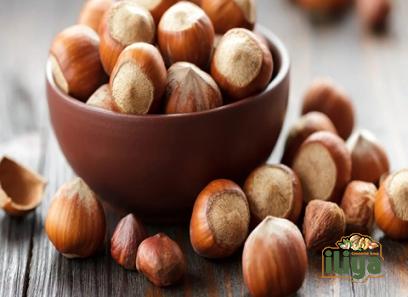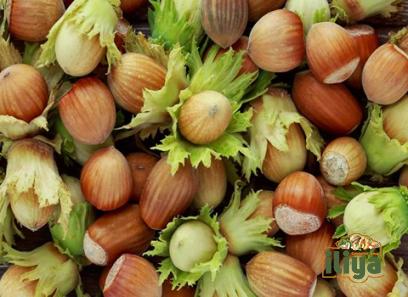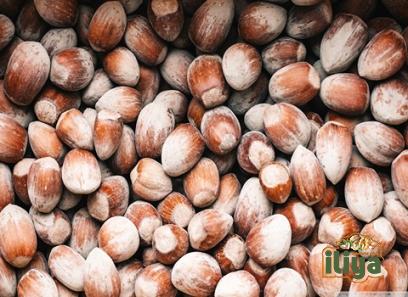The American hazelnut, botanically known as Corylus Americana, is a native shrub to Eastern North America known for its flavorful nuts and ecological importance.
With its delicious and nutritious nuts, the American hazelnut has gained popularity not only in culinary circles but also for its role in landscaping and wildlife habitats.
In this comprehensive guide, we will delve into the diverse aspects of the American hazelnut, exploring its characteristics, cultivation, culinary uses, and ecological significance.

.
 Health Benefits of American Hazelnuts
Health Benefits of American Hazelnuts
In addition to their delectable taste, American hazelnuts offer numerous health benefits.
The high content of monounsaturated fats in hazelnuts can help lower cholesterol levels and reduce the risk of heart disease.
They are also rich in antioxidants, particularly vitamin E, which may protect against oxidative stress and inflammation.
Furthermore, American hazelnuts contain essential minerals like magnesium and copper, which play a crucial role in maintaining bone health and energy production.
Including hazelnuts in your diet can support overall well-being and contribute to a balanced and nutritious eating plan.
.
 Additional Uses of American Hazelnut
Additional Uses of American Hazelnut
Apart from its culinary and ecological significance, the American hazelnut has other practical uses that further showcase its versatility.
The wood of the hazelnut shrub is known for its durability and flexibility, making it ideal for crafting small items such as tool handles, walking sticks, and weaving materials.
In traditional herbal medicine, various parts of the American hazelnut plant, including the leaves, bark, and roots, have been used to treat a range of ailments.
The astringent properties of hazelnut leaves make them suitable for brewing teas which may help alleviate sore throats, diarrhea, and skin irritations.
The bark and roots of the American hazelnut have been utilized in herbal remedies for conditions such as fever, cough, and digestive issues.
Hazelnut Cultivation Tips for Home Gardeners
If you are considering growing American hazelnuts in your garden or backyard, here are some essential tips to help you get started
Site Selection
Choose a location with well-drained soil and at least six hours of sunlight per day for optimal growth and nut production.
Soil Preparation
Ensure that the soil is fertile and rich in organic matter.
Conduct a soil test to determine if any amendments are needed to create an ideal growing environment for American hazelnuts.
Planting
Plant hazelnut shrubs in the early spring or late fall when they are dormant.
Space the shrubs at least 10 feet apart to allow for adequate airflow and sunlight exposure.
Watering
Provide consistent watering, especially during dry periods, to promote healthy root development and nut production.
Mulching
Apply a layer of mulch around the base of the shrubs to retain soil moisture, suppress weed growth, and protect the roots during extreme temperatures.
.
 In exploring the multifaceted story of the American hazelnut, we are reminded of the interconnectedness of all living beings and the inherent beauty and resilience of nature. Let us embrace the richness of the American hazelnut and honor its legacy as a symbol of abundance, diversity, and harmony in the tapestry of life.
In exploring the multifaceted story of the American hazelnut, we are reminded of the interconnectedness of all living beings and the inherent beauty and resilience of nature. Let us embrace the richness of the American hazelnut and honor its legacy as a symbol of abundance, diversity, and harmony in the tapestry of life.











Your comment submitted.